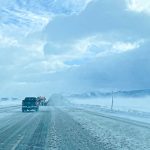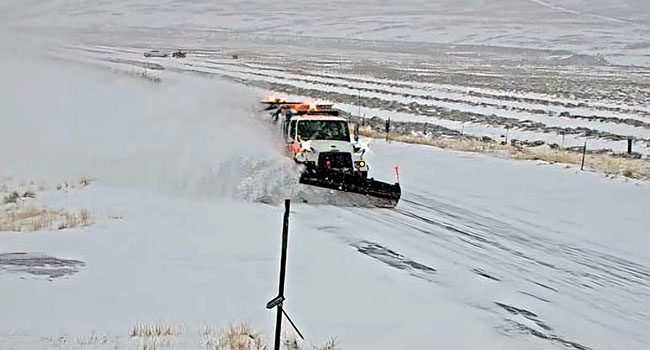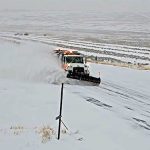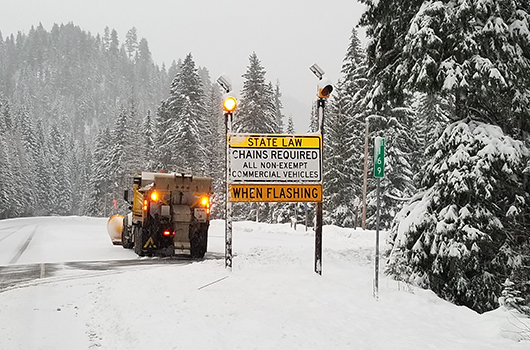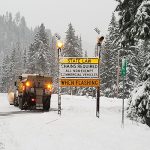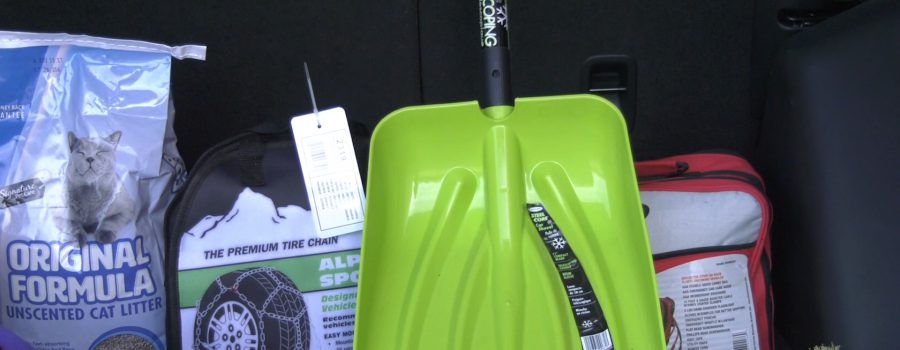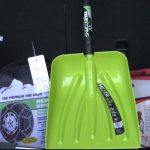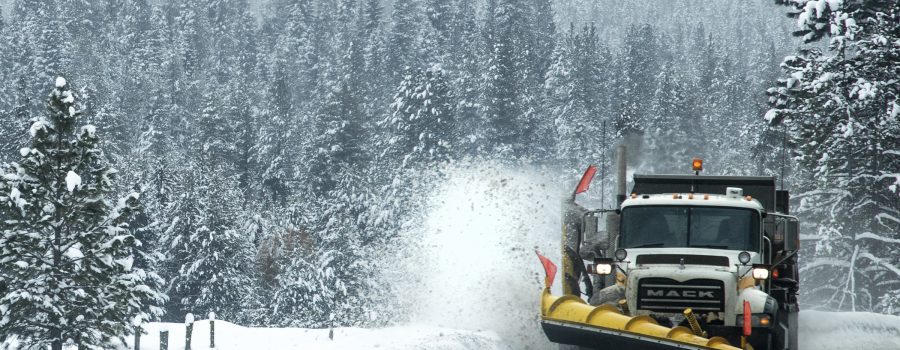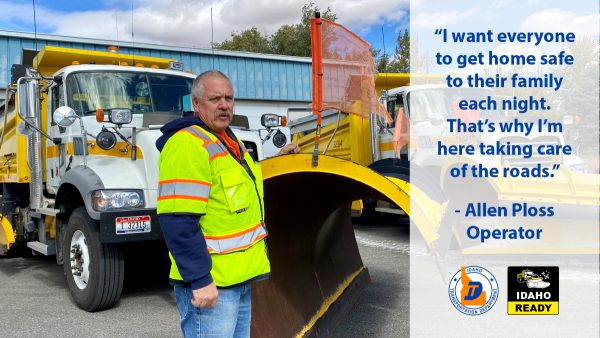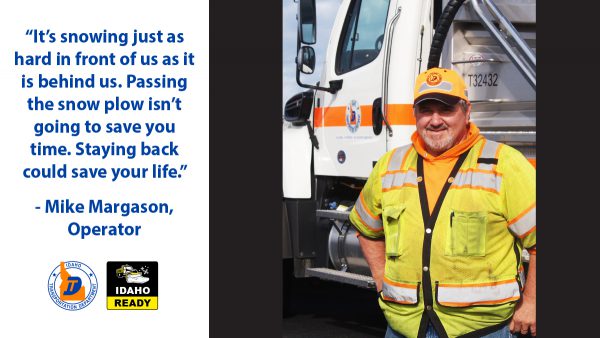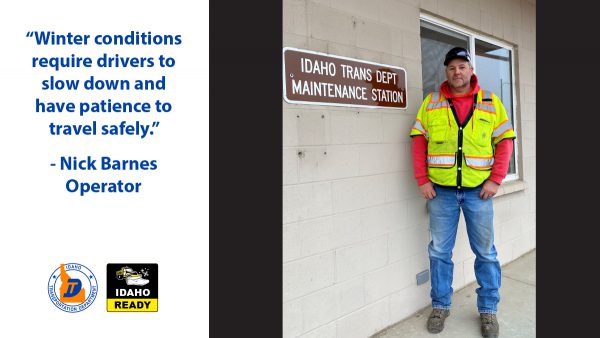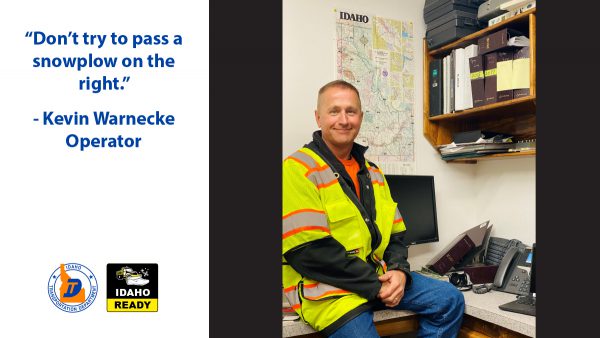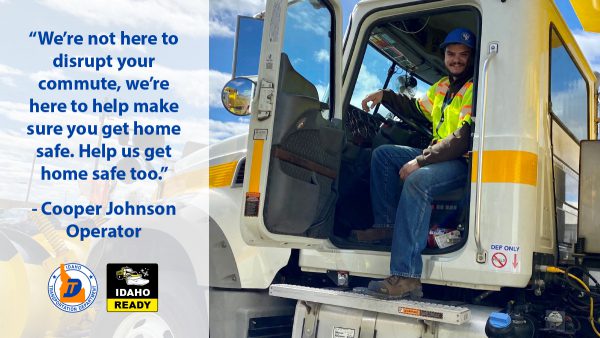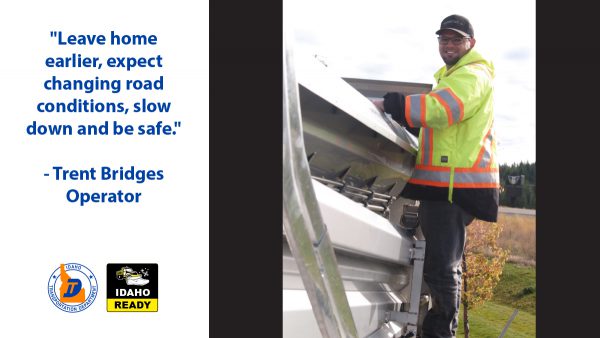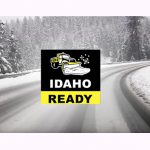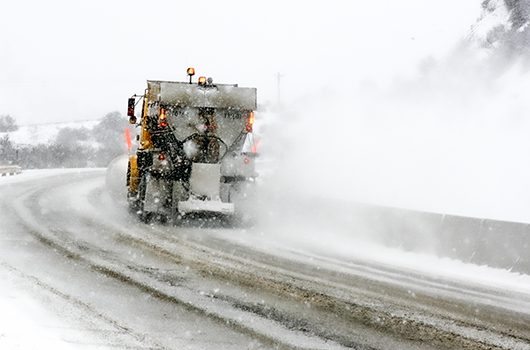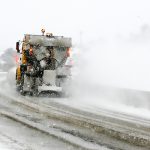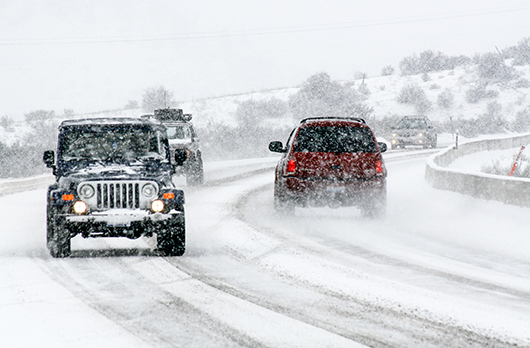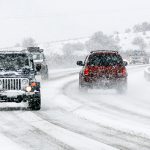Popular ITD and ISP free winter driving classes across eastern Idaho start next week
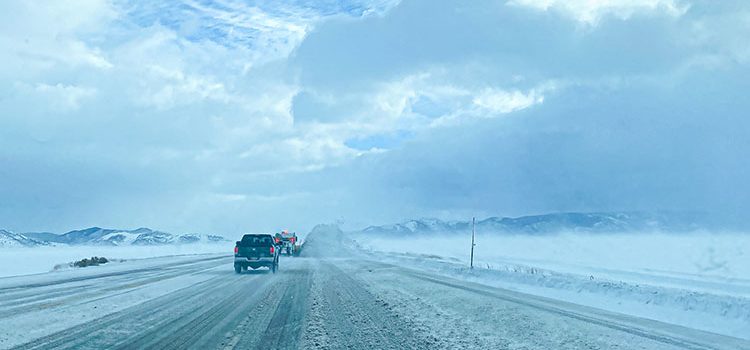
Winter travel in Eastern Idaho means more than just tossing on a jacket before you go. The Idaho Transportation Department is teaming up again with Idaho State Police to offer free winter driving safety classes to help Eastern Idaho drivers be prepared for the reality that snow and ice changes everything.
Registration is now open for these popular, helpful sessions at the following places and dates:
- IDAHO FALLS
Wednesday, November 5 @ 7 p.m.
Rocky Mountain Middle School, 3443 N Ammon Rd
- REXBURG
Wednesday, November 12 @ 3 p.m. and 6 p.m.
BYU-Idaho Little Theater, Manwaring Center, 101 E Viking Street
No registration needed
- POCATELLO
Tuesday, November 18 @ 5:30 p.m.
Chubbuck City Hall, 290 E Linden Ave.
- RIGBY
Wednesday, December 3 @ 7 p.m.
ITD District 6 Office, 206 North Yellowstone
The classes are designed to help drivers prepare for Idaho’s winter conditions by covering topics like vehicle readiness, proper equipment, defensive driving techniques, and how to safely share the road with snowplows. Instructors include state troopers and ITD operators who bring firsthand experience from years of working on Idaho’s roads and responding to emergencies during severe weather.
While these classes are open to everyone of all ages and skill levels, they are especially valuable for:
- Young drivers with limited winter driving experience
- New drivers, including those preparing to start driver’s education in the next year
- New residents facing their first Idaho winter
Participants who complete a class will receive a coupon for 10 percent off a new set of tires at any Les Schwab Tires location in Eastern Idaho from American Falls to St. Anthony. ITD and ISP extend a special thank you to Les Schwab for their partnership.
More information and direct links to these classes can be found on ITD’s website Travel page, itd.idaho.gov/travel.

